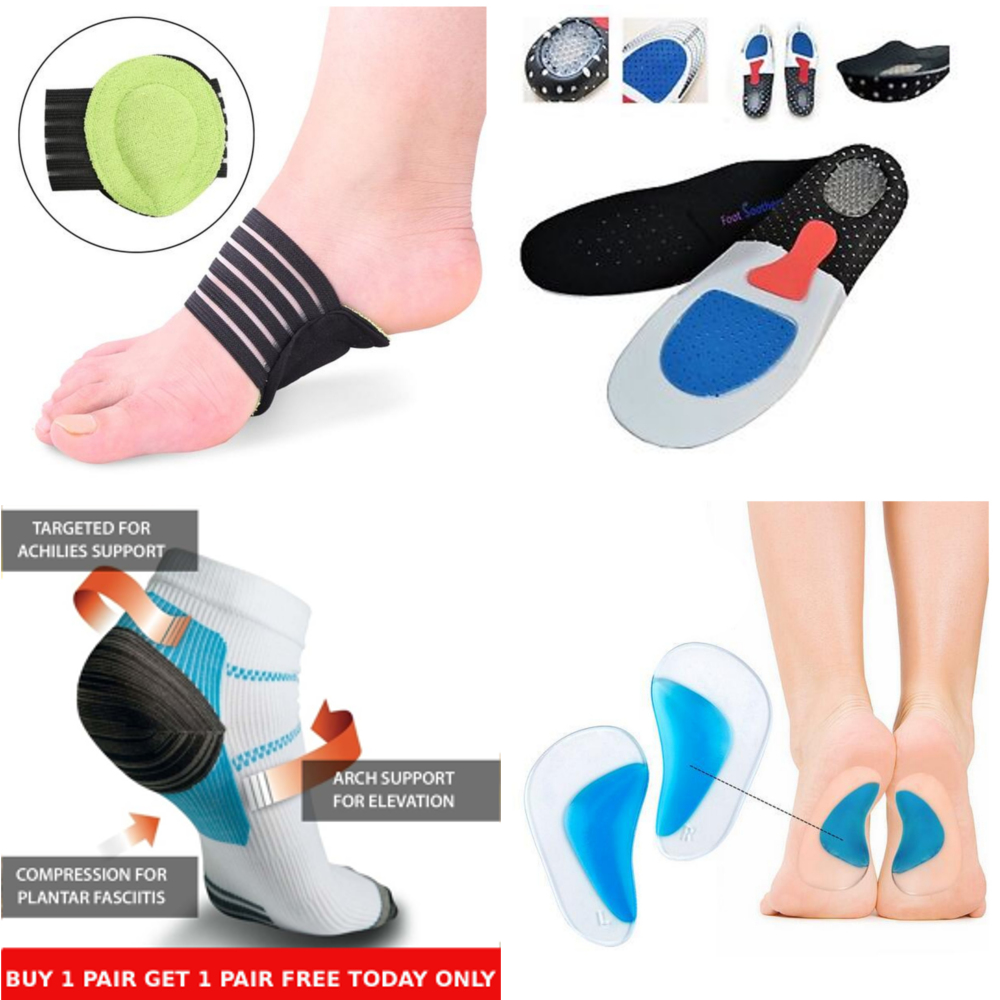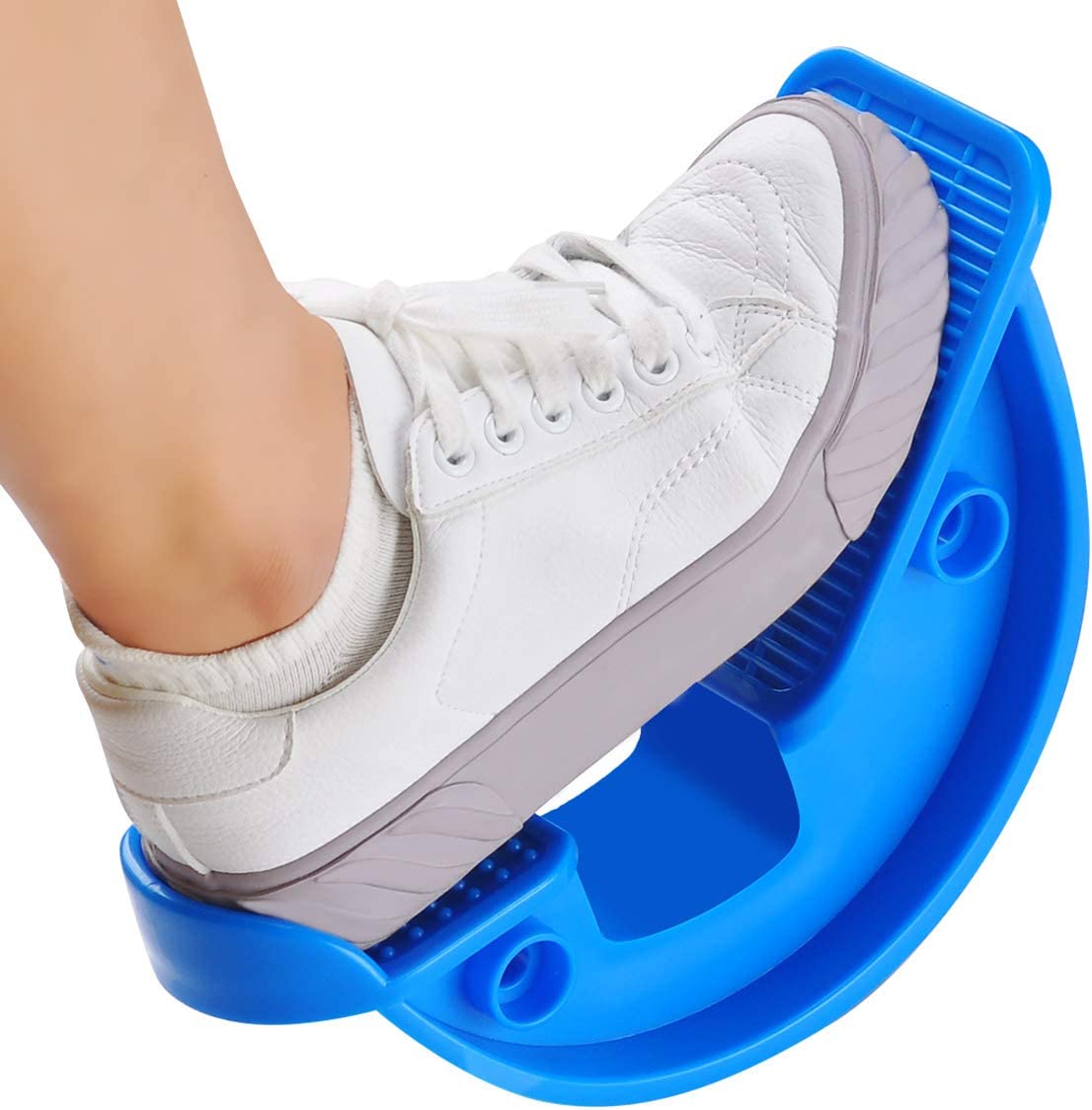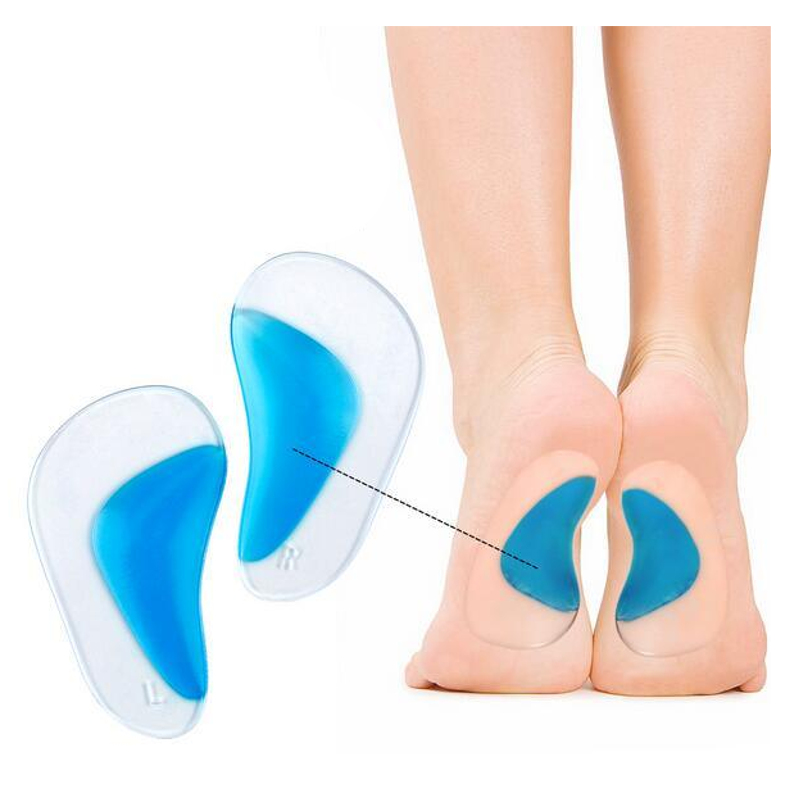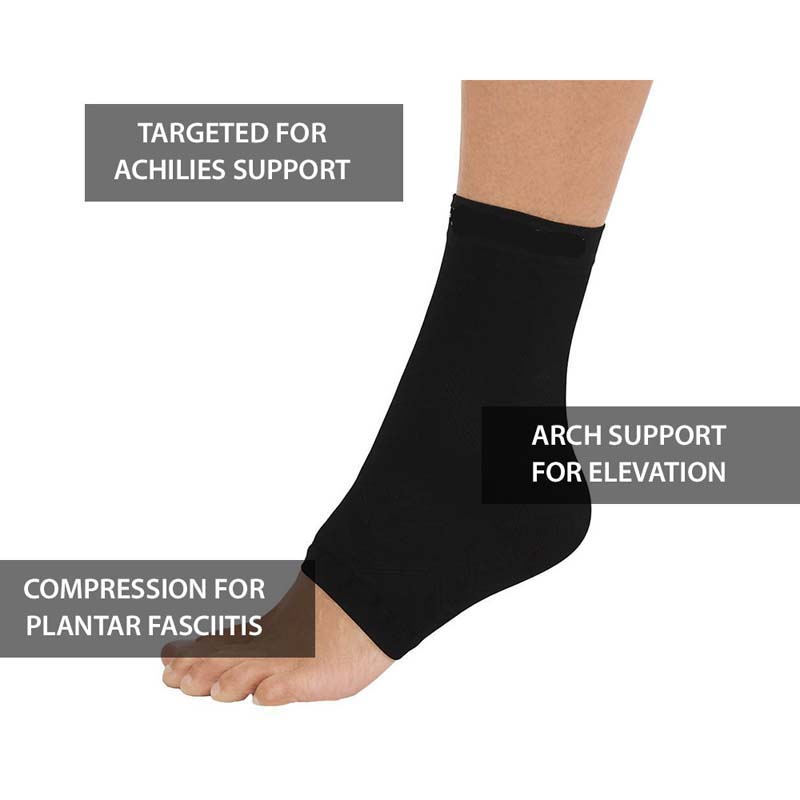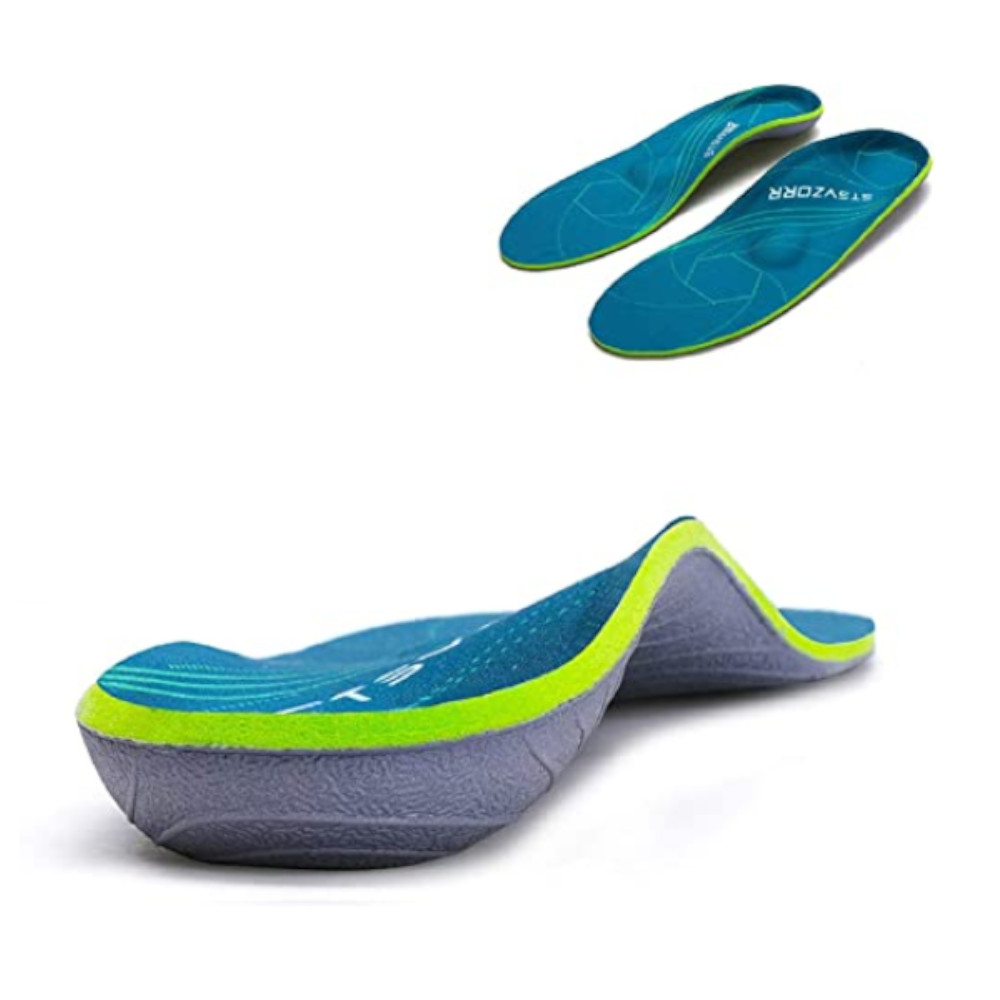Plantar Fasciitis in Children Signs and Solutions

Featured Products for Plantar Fasciitis Foot Pain Relief
While plantar fasciitis is commonly associated with adults, it can also occur in children, impacting their mobility and overall well-being. Understanding the signs and implementing appropriate solutions is crucial for addressing plantar fasciitis in young individuals. In this blog post, well explore the signs of plantar fasciitis in children and discuss effective solutions for managing and preventing this condition.
Signs of Plantar Fasciitis in Children:
-
Heel Pain:
- Persistent pain in the heel, especially during or after physical activities, may indicate plantar fasciitis. Children may express discomfort by limping or avoiding putting weight on the affected foot.
-
Morning Discomfort:
- Similar to adults, children with plantar fasciitis may experience heightened pain in the morning when taking the first steps out of bed or after prolonged periods of rest.
-
Difficulty Participating in Activities:
- If a child avoids or complains about participating in activities that involve running, jumping, or prolonged standing, it could be a sign of plantar fasciitis.
-
Tightness in the Calves:
- Tightness in the calf muscles is often associated with plantar fasciitis. Children may express discomfort or tightness when asked to stretch or move their ankles.
-
Changes in Gait:
- Plantar fasciitis can alter a childs gait. Watch for changes such as walking on tiptoes, favoring one foot over the other, or exhibiting an unusual walking pattern.
Solutions for Managing and Preventing Plantar Fasciitis in Children:
-
Rest and Reduced Activity:
- If plantar fasciitis is suspected, encourage the child to rest and reduce activities that exacerbate the pain. Avoidance of high-impact sports or activities may be necessary during the healing process.
-
Proper Footwear:
- Ensure that the child wears supportive and properly fitting footwear. Avoid shoes with inadequate arch support or excessive wear, as these can contribute to the development of plantar fasciitis.
-
Orthotic Inserts:
- Consult with a healthcare professional or a pediatric podiatrist to determine if orthotic inserts are necessary. Custom or over-the-counter inserts can provide additional support to the arch and alleviate strain on the plantar fascia.
-
Stretching Exercises:
- Introduce gentle stretching exercises for the calf muscles and the plantar fascia. Simple stretches, such as toe curls, ankle circles, and calf stretches, can be beneficial.
-
Icing:
- Apply ice to the affected heel for 10-15 minutes to reduce inflammation. Use a cloth or towel to protect the skin, and avoid applying ice directly.
-
Professional Evaluation:
- If symptoms persist or worsen, seek a professional evaluation from a pediatrician or a podiatrist. They can assess the childs foot health, provide a diagnosis, and recommend appropriate interventions.
-
Gradual Return to Activities:
- Once the childs symptoms have improved, gradually reintroduce physical activities. Emphasize the importance of proper warm-up and stretching routines before engaging in sports or vigorous play.
-
Education on Foot Health:
- Educate children on the importance of foot health, including wearing appropriate footwear, maintaining a healthy weight, and communicating any discomfort or pain to parents or caregivers.
Preventive Measures for Plantar Fasciitis in Children:
-
Encourage Physical Activity:
- Promote a balanced and active lifestyle to support overall foot health. Activities such as swimming, biking, and non-impact sports can be beneficial.
-
Monitor Growth and Foot Development:
- Keep track of the childs growth and monitor their foot development. Ensure they have access to properly fitting shoes and update them as needed.
-
Emphasize Healthy Lifestyle Habits:
- Encourage a healthy lifestyle that includes a well-balanced diet, proper hydration, and regular physical activity. Maintaining a healthy weight reduces the risk of developing plantar fasciitis.
Conclusion:
Plantar fasciitis in children requires prompt attention and appropriate management to ensure a swift and complete recovery. By recognizing the signs, implementing solutions, and emphasizing preventive measures, parents and caregivers can contribute to the well-being of their childs feet. If concerns arise or symptoms persist, consult with healthcare professionals, such as pediatricians or podiatrists, for a comprehensive evaluation and tailored guidance on managing and preventing plantar fasciitis in children.
Featured Products for Plantar Fasciitis Foot Pain Relief
Latest Blogs
- Taking a Stand Against Heel Pain: Practical Solutions
- Happy Heels, Happy Life: Banishing Foot Pain for Good
- The Road to Relief: Strategies for Combating Heel Pain
- Heel to Toe Wellness: Tackling Foot Pain Head-On
- Foot Pain Decoded: Understanding the Signals Your Feet Send
- Soothing Steps: Natural Remedies for Heel and Foot Pain
- Putting Your Best Foot Forward: Managing Heel Discomfort
- The ABCs of Happy Feet: Beating Heel and Foot Pain
- From Heel to Toe: Navigating Common Foot Pain Issues
- Taking a Step Back: Causes and Remedies for Heel Pain
- Footloose and Pain-Free: Tips for Happy Heels and Feet
- Soleful Solutions: A Guide to Alleviating Heel and Foot Discomfort
- Stepping Into Comfort: Understanding Heel and Foot Pain
- From Pain to Progress: Inspiring Plantar Fasciitis Journeys
- Living a Full Life with Plantar Fasciitis: Success Stories
- Plantar Fasciitis and Exercise: Finding the Right Balance
- The Impact of Stress on Plantar Fasciitis Symptoms
- Plantar Fasciitis: When to Seek Professional Help
- Inflammatory Foods and Plantar Fasciitis: What to Avoid
- Ergonomics and Plantar Fasciitis: A Comprehensive Guide
- The Importance of Rest in Plantar Fasciitis Recovery
- Traveling with Plantar Fasciitis: Tips for Happy Feet
- Plantar Fasciitis and Your Sleep: Improving Rest Quality
- The Psychological Aspect of Living with Plantar Fasciitis
- Plantar Fasciitis and High-Impact Activities: Navigating Risks
- How to Stay Active with Plantar Fasciitis: Practical Tips
- Plantar Fasciitis and Aging: Strategies for Seniors
- Cryotherapy for Plantar Fasciitis: Icy Relief for Your Feet
- Aquatic Exercise for Plantar Fasciitis: Dive into Healing
- Mindfulness and Meditation for Plantar Fasciitis Relief
- Heel Pain 101: A Guide to Plantar Fasciitis
- Finding Relief - Plantar Fasciitis Home Remedies
- The Emotional Toll of Chronic Plantar Fasciitis
- Post-Workout Foot Care for Plantar Fasciitis Sufferers
- DIY Foot Massage Techniques for Plantar Fasciitis
- From Diagnosis to Recoveryc- Navigating Plantar Fasciitis
- Plantar Fasciitis in Children Signs and Solutions
- Plantar Fasciitis and Weight: Impact on Foot Health
- How Nutrition Affects Plantar Fasciitis Recovery
- Yoga for Plantar Fasciitis: Poses for Pain Relief
- Breaking Down Plantar Fasciitis Myths and Misconceptions
- Plantar Fasciitis Stretches - Daily Routine for Relief
- The Link Between Plantar Fasciitis and Flat Feet
- Plantar Fasciitis in Pregnancy - What to Expect
- Desk Job Dilemma - Coping with Plantar Fasciitis at Work
- Plantar Fasciitis in Athletes Strategies for Recovery
- Massage and Plantar Fasciitis A Soothing Combination
- Plantar Fasciitis at Night: Tips for Better Sleep
- Plantar Fasciitis vs Heel Spurs - Understanding the Difference
- The Role of Stretching in Plantar Fasciitis Recovery
- Running with Plantar Fasciitis: Dos and Donts
- Preventing Plantar Fasciitis: Tips for Foot Health
- Natural Remedies for Plantar Fasciitis You Havent Tried
- Heel Pain Demystified: Plantar Fasciitis Explained
- Best Shoes for Plantar Fasciitis: A Comprehensive Guide
- Managing Plantar Fasciitis Pain: Tips and Tricks
- The Complete Guide to Plantar Fasciitis Treatment Options
- 10 Effective Exercises for Plantar Fasciitis Relief at Home
- Understanding Plantar Fasciitis: Causes and Symptoms
- Why do I get Pain in My Feet at Night
- Is pain in your feet a sign of diabetes
- What causes pain in my feet
- Plantar Fasciitis - Why so Painful
- What is that pain in my heel
- Should I Walk with Foot Pain
- How to Treat Ankle Pain
- 10 Best Exercises of Plantar Fasciitis
- Do Compression Socks Help Foot Pain
- Do Insoles Work for Foot Pain
- Best Stretches for Plantar Fasciitis
- 5 Causes of Plantar Fasciitis
- Do Back Posture Braces Actually Work
- Foot pain from walking
- Best Insoles for Plantar Fasciitis
- Pain in heel of foot after Running
- Treatment for Pain in arch of foot
- Pain on top of foot
- Mortons neuroma treatment
- How to remove an Ingrown Toenail
- Foot Heel Spur Pain
- Sore Foot in the Morning
- Suffer Heel Pain in the Morning ?
- Start a running routine
- Running through Fatigue
- Best Achilles Tendonitis and Ankle Excercises
- Causes of Achilles Tendonitis and Ankle Pain
- Plantar Fasciitis Cure and Treatment
- Best Plantar Fasciitis Products
- Causes of Plantar Fasciitis and Heel Spur Pain
- Best Plantar Fasciitis Excercises

